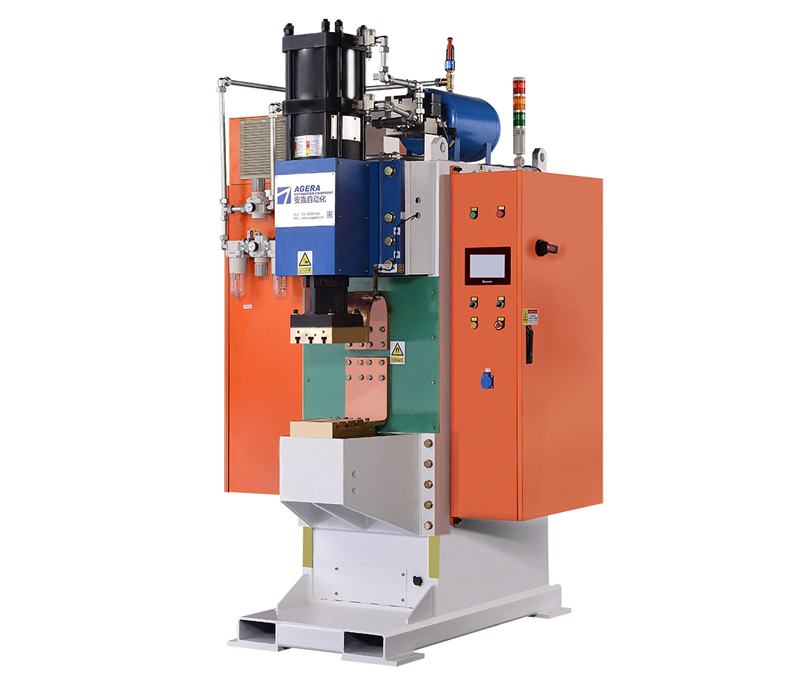Display and Switching Functions of Capacitor Energy Spot Welding Machine
In the world of modern manufacturing and welding technology, innovation continues to drive progress, and one area where this innovation shines is in the realm of capacitor energy spot welding machines. These machines are the unsung heroes of many industries, joining metals with precision and speed. However, it’s not just their welding capabilities that make them indispensable; it’s their advanced display and switching functions that truly set them apart.
The Display Function:
The display function in a capacitor energy spot welding machine is more than just a screen showing numbers and figures; it’s a window into the heart of the welding process. This display provides real-time information about voltage, current, and energy levels. Welders can monitor these parameters closely, ensuring that every spot weld is consistent and of the highest quality.
Additionally, the display often includes a user-friendly interface that allows for easy adjustment of welding parameters. This means that operators can fine-tune the machine to meet the specific requirements of a job, whether it’s joining delicate electronic components or heavy-duty structural elements.
The Switching Function:
The switching function in these machines is the brain behind the brawn. It controls the flow of energy, dictating precisely when and how the welding operation occurs. The key advantage of this switching function is its ability to generate short bursts of high-energy discharges. These bursts are ideal for spot welding, as they create strong, precise connections without overheating the materials.
Furthermore, the switching function often includes multiple welding modes, such as pulse mode and continuous mode. This versatility is invaluable, as it allows welders to adapt to various materials and welding scenarios. Whether it’s a thin sheet of metal or a thick steel plate, the switching function ensures that the machine can handle the task with finesse.
The Integration:
What makes these machines truly remarkable is how the display and switching functions seamlessly integrate. Welders can not only monitor the welding parameters but also adjust them in real-time. This level of control is essential for maintaining the quality and consistency of the welds.
Additionally, many of these machines come equipped with data logging and connectivity features. This means that operators can record welding parameters, analyze the data, and even share it for quality control and process optimization.
In conclusion, the capacitor energy spot welding machine has evolved into a sophisticated piece of equipment with advanced display and switching functions that empower welders to create precise, high-quality connections. In an age where precision and efficiency are paramount, these machines are driving the welding industry forward. As technology continues to advance, we can only expect these machines to become even more versatile and integral to a wide range of manufacturing processes.
